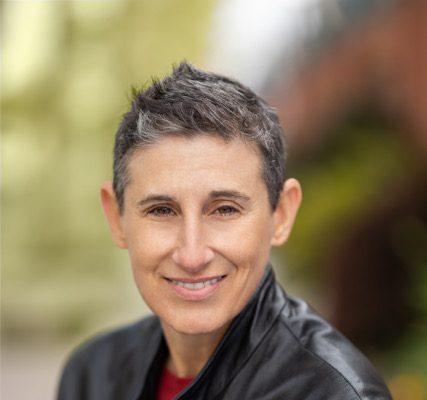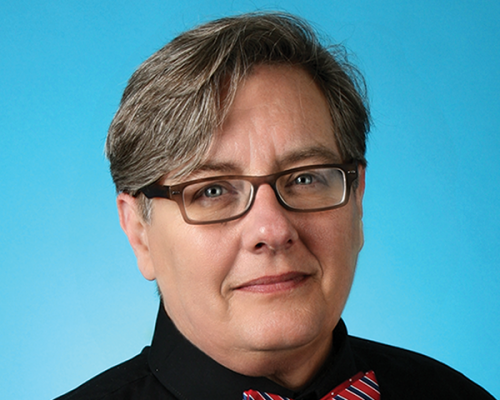
Poll shows half of LGBTQs identify as bisexual
by Joe Siegel
A new Gallup poll reveals that the share of Americans who self-identify as lesbian, gay, bisexual, transgender, or something other than heterosexual remained at around 7 percent in 2022.
The latest poll found that 7.2 percent of people in America identify as LGBTQ, which is consistent with 7.1 percent reported last year in the same poll. Gallup’s data was gathered from interviews with more than 10,000 adults.
In addition to the 7 percent identifying as LGBTQ, 86 percent of U.S. adults say they are straight or heterosexual, while 7 percent chose not to answer the question.
As is typically the case, the greatest share of LBGTW adults — more than half, or 4.2 percent of all U.S. adults — identify as bisexual. About one in five LGBTQ adults identify as gay, about one in seven say they are lesbian, and slightly fewer than one in 10 identify as transgender.
Five percent of LGBTQ adults identify as something other than lesbian, gay, bisexual or transgender. In 2022, Gallup for the first time recorded the preferred identity of those who indicated they were something other than heterosexual besides the traditional lesbian, gay, bisexual or transgender identities. Most of these individuals said they were queer, pansexual or asexual. Roughly 1 percent to 2 percent of LGBTQ adults — equivalent to 0.1 percent of all U.S. adults — prefer each of those identities.
“I think this study reinforces what we knew about our community’s numbers and highlights the need for increased coverage of the bisexual community,” said Kevin Naff, editor of the Washington Blade.
Troy Masters, editor of the Los Angeles Blade, believes the Gallup study may have some positive repercussions, but feels the impact on LGBTQ media will be minimal.
“Yes, if you read the numbers, the greatest growth is in young people who refer to themselves neutrally on sexual preference,” said Masters. “No, it does not mean more paid ads for the gay press, but it may mean more LGBTQ representation in mainstream ads on major mainstream platforms.”
In Los Angeles, Masters said, “I don’t think it’s new or changes anything about our mission at the moment, but it does reveal a need for the whole gay press’ ownerships and leaderships to pivot the products to a new generation and figure out new ways to also monetize.”

According to Stephen Rocheford, president and CEO of Minneapolis-based Lavender Magazine, “In previous Gallup surveys for years it was pointed out that the age of the interviewee has a statistically significant slant on whether or not someone would indicate sexuality and if so, how they would categorize themselves. This survey appears to be consistent with other previous surveys.”
Rocheford insisted, “Older people are not out as much as younger people. This was no doubt influenced on how they grew up and how society treated community members when they were young. Younger people today are more out, or fluid in what they call themselves, influenced by what they see on TV, at school, and their peers, and what they read.”
Rocheford said Lavender has relied on these polls for more than 20 years in its advertising and editorial coverage.
“Lavender interprets the data we have on our market twice a year and consequently we make adjustments as necessary,” said Rocheford. “The income adjusts itself and we are doing very well and have for years. It is our study of demographic data and statistics from reliable and proven companies that has allowed Lavender to grow and become solid and stable and which differentiates us from almost all of the LGBTQ press in the U.S.”
“Whether there are two million or 20 million LGBTQ people, our commitment to covering LGBTQ news remains the same,” said Jason Villemez, editor of Philadelphia Gay News. “We are always looking to cover as much of the LGBTQ community as we can, including under-told stories and groups within the larger community. We’ve always been aware that the LGBTQ community is not one group or one type of person and our coverage has reflected that through the decades.”
Villemez notes that financial challenges for LGBTQ media remain, despite the increase in the population. “Sadly, I don’t think the growing LGBTQ community has translated to more advertising for LGBTQ news publications. The entire newspaper industry is still grappling with what to do about the decline of print journalism.”
Villemez said his publication is changing the way news is disseminated to the readers.
“PGN has recognized that most people get their news digitally, and the majority of those people get it on their smartphones, so we’ve put more resources into our digital efforts. But we’re still doing a print edition because we believe there is value in the visibility of print, including our vending boxes that say Philadelphia Gay News on them.” Villemez added. “Those vending boxes let tourists and neighbors know that our community is and continues to be strong and visible.”
TOP STORY
Volume 24
Issue 12








